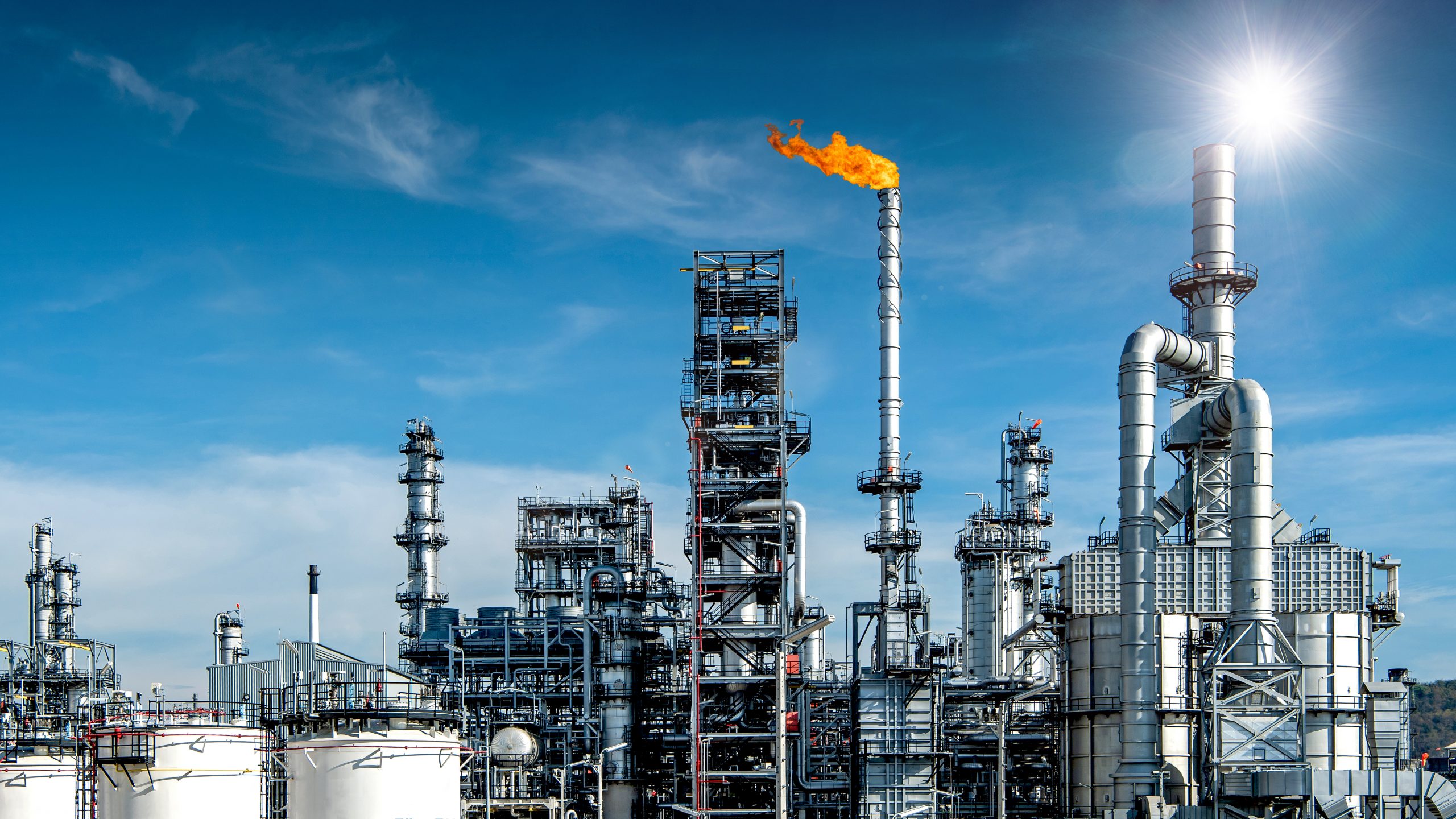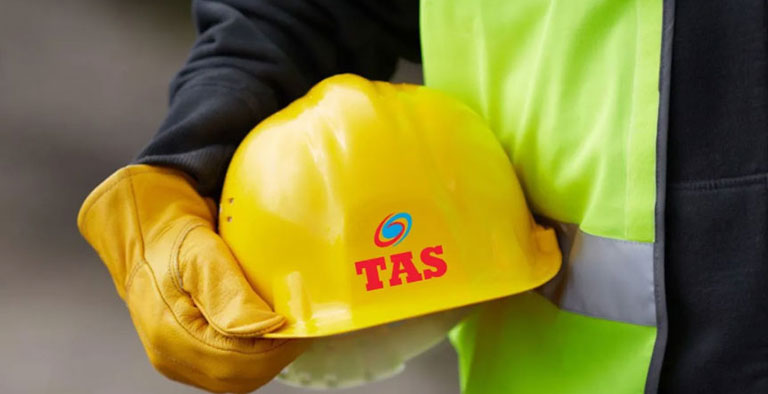Expanding Our Environmental Services In Tennessee
As industrial operations continue to grow across the South, the need for comprehensive environmental services has never been greater. TAS Environmental Services, a leader in emergency response, industrial cleaning, and…











